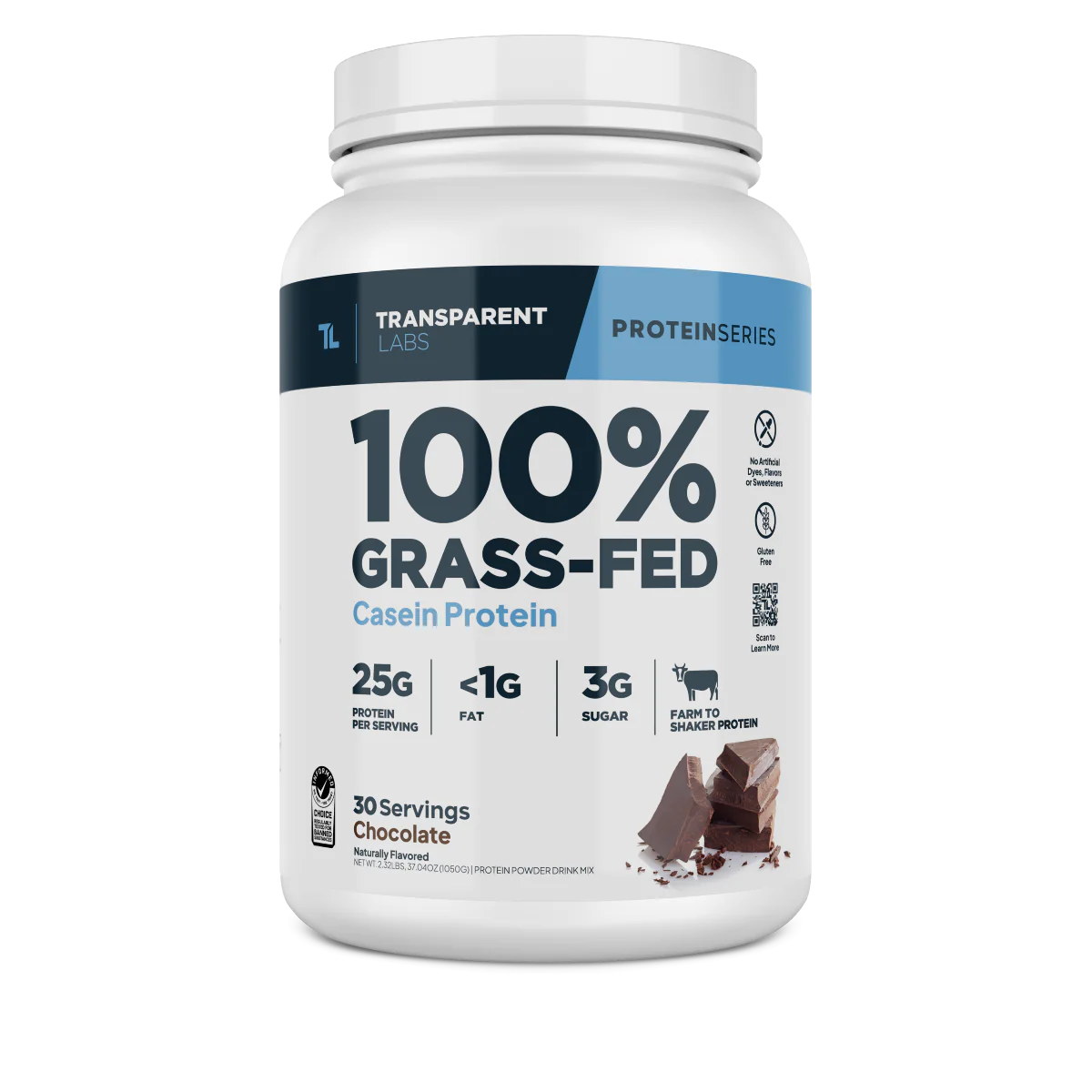The Best Guide to Progressive Overload: Boost Your Muscle Growth and Strength
What Is Progressive Overload?
Progressive overload is a fundamental principle in strength training and bodybuilding that involves gradually increasing the stress placed on your muscles during workouts. This systematic approach to training is essential for achieving continuous improvement in muscle size, strength, and overall fitness. Without progressive overload, your muscles adapt to the same workload, leading to stagnation in gains.
Why is Progressive Overload Important?
- Stimulates Muscle Growth: By continually challenging your muscles, you create microscopic tears in muscle fibers. As these fibers repair, they grow stronger and larger—a process known as hypertrophy.
- Prevents Plateaus: Regularly increasing your workout intensity helps prevent plateaus, keeping your progress ongoing and ensuring that you achieve your fitness goals.
- Improves Strength: Progressive overload is key to increasing your strength levels over time, allowing you to lift heavier weights and perform more challenging exercises.
Progressive overload isn’t just for athletes or bodybuilders; it’s beneficial for anyone looking to improve their physical fitness. Regularly challenging the body ensures continuous improvement and minimizes the risk of plateaus. Without progressive overload, it’s easy to become complacent and stop making meaningful progress. Plus, it’s essential for both muscular and skeletal health. Strengthening muscles and bones with increasing loads helps prevent injuries, maintain a high metabolism, and enhance overall physical health.
For most effective results, it’s important to balance progressive overload with proper recovery. Overloading too aggressively or too quickly can lead to injury, while not progressing enough leads to stagnation. A gradual increase in intensity, coupled with rest and proper nutrition, is key to seeing consistent gains from progressive overload.
How to Implement Progressive Overload
There are several effective methods to incorporate progressive overload into your training routine:
Progressive Overload Techniques
Key Reasons Why Progressive Overload Works
Promotes Muscular Adaptation: When muscles are repeatedly exposed to a gradually increasing load, they undergo structural adaptations. Muscle fibers are damaged on a microscopic level, triggering the repair and rebuilding process. As muscles repair, they adapt by increasing in size and strength to better handle future demands.
Activates Muscle Protein Synthesis: Each workout that applies progressive overload activates muscle protein synthesis, a process where muscle fibers build new proteins to repair and strengthen tissue. Over time, this synthesis leads to hypertrophy, the enlargement of muscle fibers, making them stronger and more resilient.
Enhances Neural Efficiency: Progressive overload doesn’t only impact muscle fibers; it also trains the nervous system. With continuous overload, motor units (nerve cells and the muscle fibers they activate) become more efficient, improving muscle activation and coordination. This is why beginners often see strength gains quickly, even without significant muscle growth initially.
Hormonal Response: Lifting heavier weights or performing more reps increases levels of hormones like testosterone, growth hormone, and IGF-1, all of which play essential roles in muscle repair and growth. By consistently challenging the body, progressive overload triggers these hormonal responses repeatedly, leading to enhanced recovery and muscle growth.
Avoids Plateaus: Muscles adapt quickly to repetitive exercise. Progressive overload disrupts this adaptation by continually introducing new challenges. Without it, workouts would lose their effectiveness as muscles become accustomed to the same loads, leading to plateaus. By increasing the load, reps, or intensity, progressive overload ensures that the muscles remain challenged and stimulated.
In essence, progressive overload creates a cycle where muscles are continuously stressed, forced to repair, and then adapt by becoming larger and stronger. It works because it respects the body’s need to adapt to increased demands, making it a fundamental principle for anyone looking to build strength and muscle over time.
Muscular Hypertrophy
Hypertrophy, or muscle growth, works through a combination of physical, biological, and chemical processes. When you engage in resistance training, your muscle fibers undergo tiny tears, which then repair and grow stronger and thicker. This growth occurs in two primary ways: myofibrillar hypertrophy (an increase in the size and number of muscle fibers) and sarcoplasmic hypertrophy (an increase in the volume of the sarcoplasm, the fluid around muscle fibers). These adaptations make your muscles both stronger and larger, enabling them to handle progressively heavier loads.
In conclusion, progressive overload is a fundamental principle in strength training that is essential for muscle growth and development. By consistently challenging your muscles through gradual increases in weight, repetitions, sets, or exercise variations, you stimulate physiological adaptations that lead to enhanced strength, endurance, and muscle size. This approach not only promotes muscle hypertrophy but also improves neural efficiency and optimizes hormonal responses that are crucial for recovery and growth.
Thanks For Reading!



